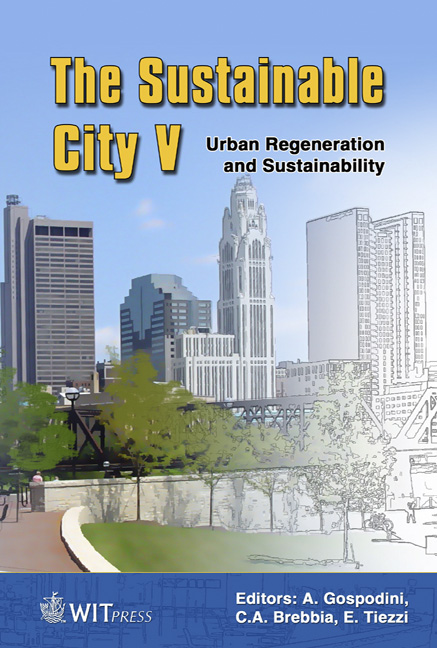Accessing Industrial Landscapes: The Arctic Projects Of Elin And Carmen Corneil
Price
Free (open access)
Transaction
Volume
117
Pages
10
Page Range
283 - 292
Published
2008
Size
2,421 kb
Paper DOI
10.2495/SC080271
Copyright
WIT Press
Author(s)
P. M. Milojevic
Abstract
From the mid 1950s, a conceptually and aesthetically more inclusive and conditional sensibility than that of the First Generation Modernists, regarding industrial architecture, came to the fore in the avant-garde ‘brutalist’ and ‘warehouse’ way of thinking. In the mid to late 1960s when British and American manufacturing belt cities and landscapes were the subject of research by Cedric Price, Reyner Banham and others, Elin and Carmen Corneil, practicing and teaching in Toronto, both appreciated the heritage but noted the disastrous urban conditions resulting from the physical separation of places or work from the public realm of those cities. In their 1972 urban regeneration project for the largely abandoned industrial Toronto waterfront they extended the city’s block and street structure into the port lands. They approached the repair and enhancement of the volcanically-damaged fishing port of Vestmannaeyjar (Iceland) similarly, though responding to the smaller scale of the site, on a more varied and detailed level. In harbour competitions for Nuuk, Nordkapp, Stockholm, Copenhagen, Trondheim, and Oslo in the 1980s they sought to repair the ruptured urban fabric involving cultural heritage. Since the 1990s their Arctic work has involved the re-presentation of industrial landscapes in what are now generally depopulated and abandoned heavy industrial environments of the nationalized, fishing, mining and steel industries. This paper focuses on the Corneils’ projects for the exceptional Arctic port-scapes of Melbu, Narvik and Mo-i-Rana, in which they argue for the retention of the coherence of the industrial landscape and the value of robust and direct interventions to effect physical connections and access, establish visual links revealing site histories and accepting the abrupt and symbiotic adjacencies which are the special character of these urban places. Keywords: maritime industrial heritage, urban design, accessibility, interventions, reinterpretation, adaptation.
Keywords
maritime industrial heritage, urban design, accessibility, interventions, reinterpretation, adaptation.





